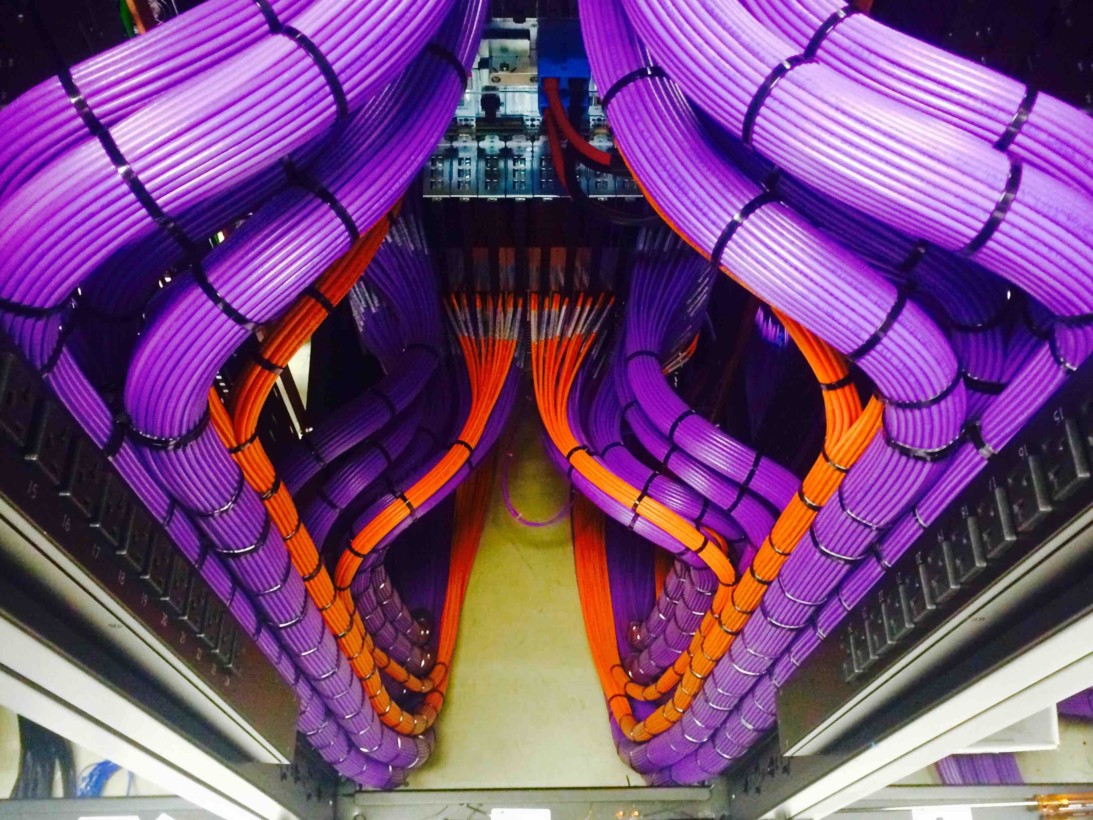As the demand for high-bandwidth broadband services accelerates dramatically in recent years, most service providers begin to realize the importance of upgrading their networks to meet this requirement. Consequently, the application of fiber optic cable prevails in the field of networking since it is able to meet both bandwidth and cost requirements. However, by simply deploying fiber optic cable is far from enough—the foundation and premise of a successful, well-built network should be a strong and sound fiber cable management system.
To better survive in the fierce competition in the networking market, service providers employ fiber because of its high-bandwidth as well as its ability to deliver new revenue-generating services profitably. Moreover, service providers are pushing fiber closer and closer to the end user, whether that is fiber to the home or to the desk. To take advantage of the enormous merits of fiber optic cable in revenue-producing bandwidth, it is essential to manage fiber cables properly. A sound management system affects how quickly new services can be turned up and how easily the network can be reconfigured. In fact, fiber cable management, the manner in which the fiber cables are connected, terminated, routed, spliced, stored and handled, has a direct and substantial impact on the networks’ performance and profitability.

Basically, there are two types of bends in fiber—microbends and macrobends. The microbend is a small, microscopic bend which may be caused by the cabling process itself and external forces. It typically changes the path that propagating modes take, resulting in the loss from increased attenuation as low-order modes become coupled with high-order modes that are naturally lost. A macrobend is a larger cable bend that can be seen with the unaided eye and is often reversible. When it occurs, the radius can become too small and allow light to escape the core and enter the cladding. The best result is insertion loss, and in worse cases, the signal is decreased or completely lost. The following picture shows clearly the microbend and macrobend.

With proper cable handing and routing, however, both microbend and macrobend can be reduced and even prevented. The minimum bend radius varies depending on the specific fiber cable. In general, the minimum bend radius of fiber should not be less than ten times its outer diameter. Although the bend-insensitive fiber, as an innovative breakthrough in the network, becoming increasingly popular nowadays, service providers must aware that the need for solid fiber cable management cannot be diminished by these new fibers. Instead, with the number of fibers being added to the system increases, bend radius protection becomes more important ever. Furthermore, bend radius protection is also vital to avoid operational problems in the network.
Cable routing path is related closely to bend radius protection since it can result in bending radius violation if cable technician routes the fibers improperly. No matter where the cable is used, routing path must be clearly defined and easy to follow, or it will lead to an inconsistently routed, difficult-to-manage fiber network. Well-defined routing paths, therefore, not only reduce the proficiency training time required for technicians but also increase the uniformity of the work done as it helps to ensure and maintain bend radius requirements at all points to improve overall network reliability.
In addition, well-defined routing paths make it easier and quicker to access to individual fiber, thus effectively reduce the time required for reconfiguration. Moreover, the reduced fiber twists enable much easier fiber tracing and rerouting. Even with the advent of new technologies such as the use of LEDs at both ends of patch cords for easy identification. Well-defined cable routing paths still play an indispensable role in reducing the time required to route and reroute patch cords.
As the name indicates, cable access refers to the accessibility of the installed fibers. As the increasing amount of fibers to be added in both the distribution frame and the active equipment, broadband service providers start to attach more importance to cable access. With huge amounts of data moving across those fibers, it is hence essential for technicians to have quick and easy access to fibers. When there are service level agreements in place, particularly for customers with high priority traffic, the last thing any service provider wants is service interruptions caused by mishandling one fiber to gain access to another. Since accessibility is most critical during network reconfiguration operations, proper cable access directly impacts operational costs and network reliability.
The last element of fiber management system emphasizes the physical protection of the installed fibers. Every fiber throughout the network must be protected against accidental damage by technicians or equipment. Service providers should always keep physical protection in mind when routing cables, such as using raceway systems that protect from outside disturbances. While without proper physical protection, fibers are susceptible to damage that can critically affect network reliability. The fiber cable management system should always include attention to ensure every fiber is protected from physical damage.
An appropriate fiber management can affect the network’s reliability, performance, and cost to a large extent. Besides, it can also influence network maintenance, operations, expansion, restoration and the rapid implementation of new services. This article lies emphasis on the four elementary elements of a strong fiber optic cable management system from the perspective of bend radius protection, cable routing paths, cable accessibility and physical protection of the fiber network. Executing these four concepts correctly, then the network can deliver its full competitive advantages.